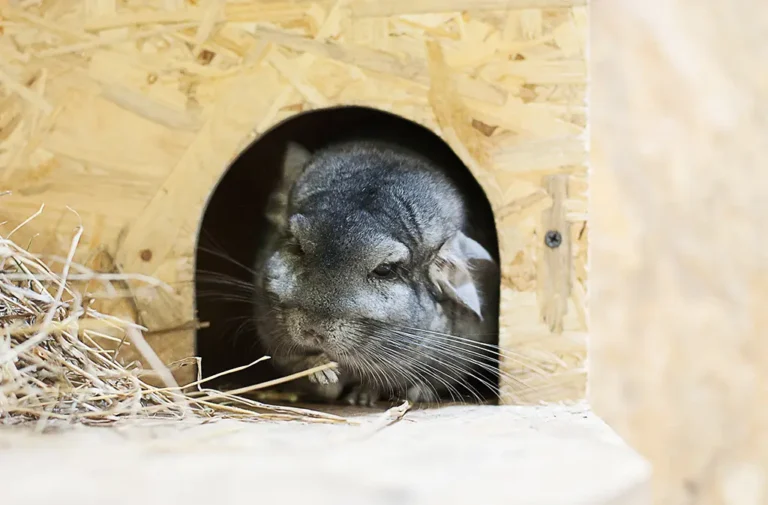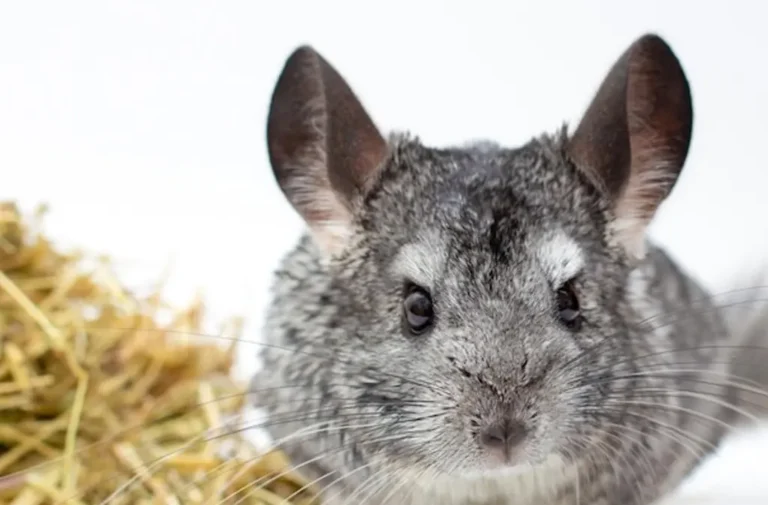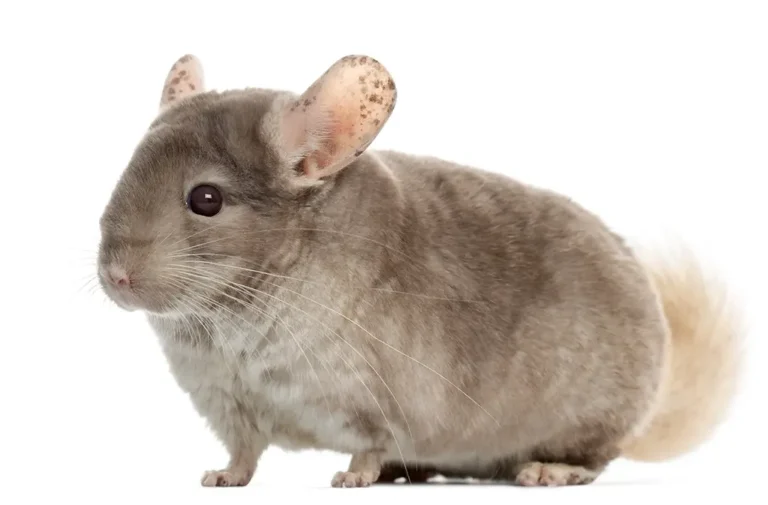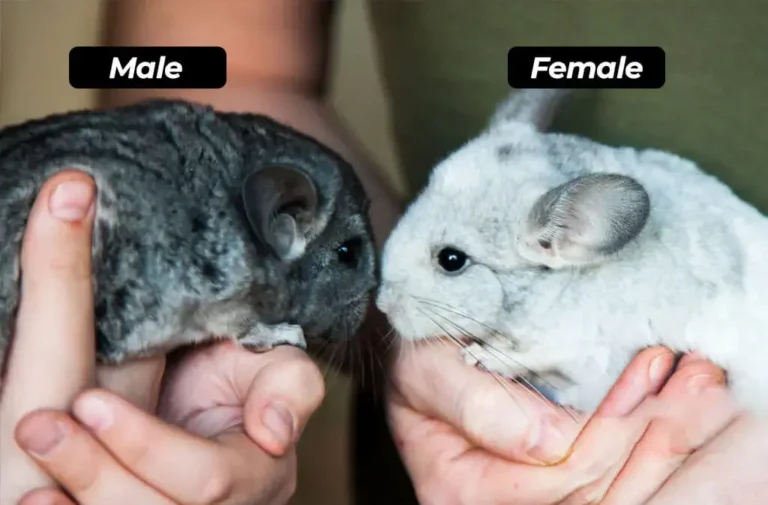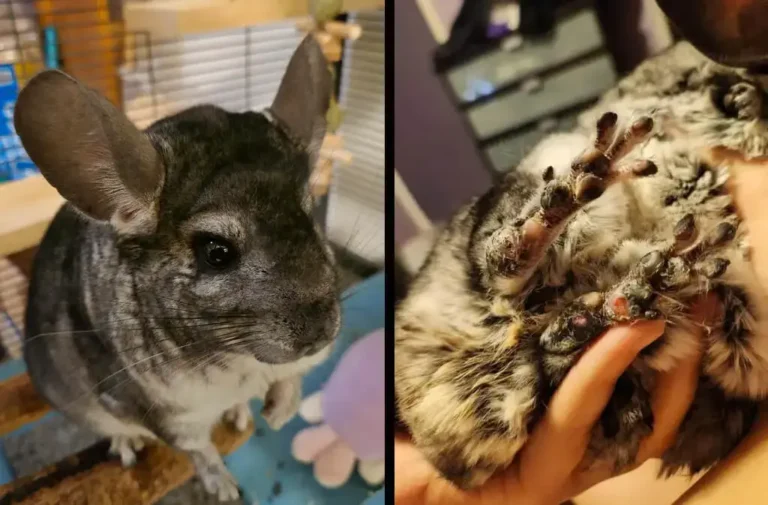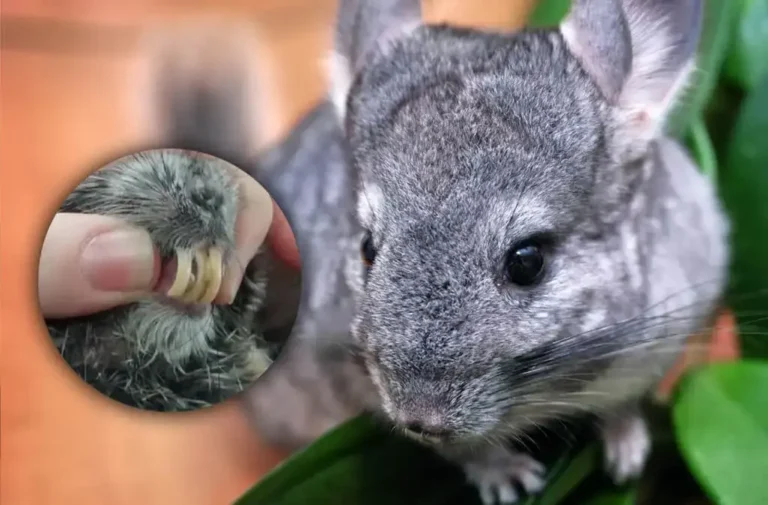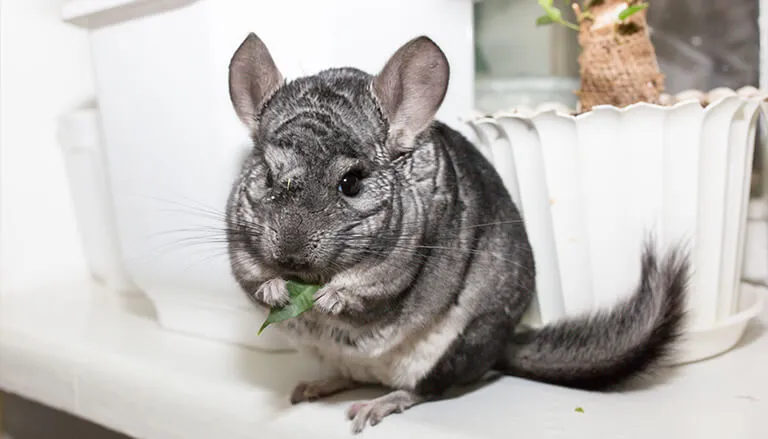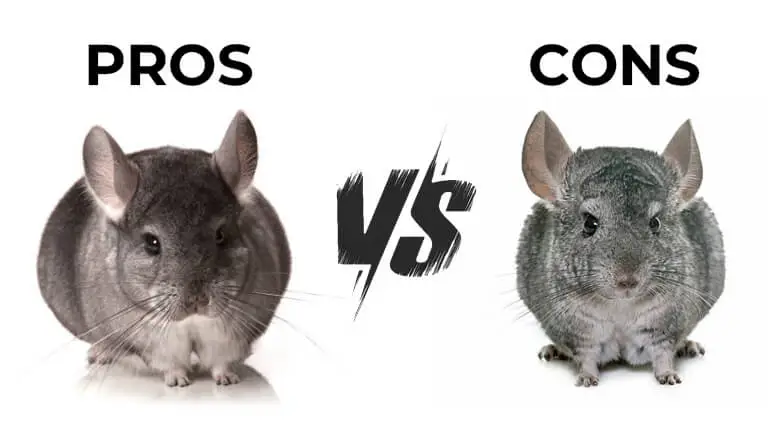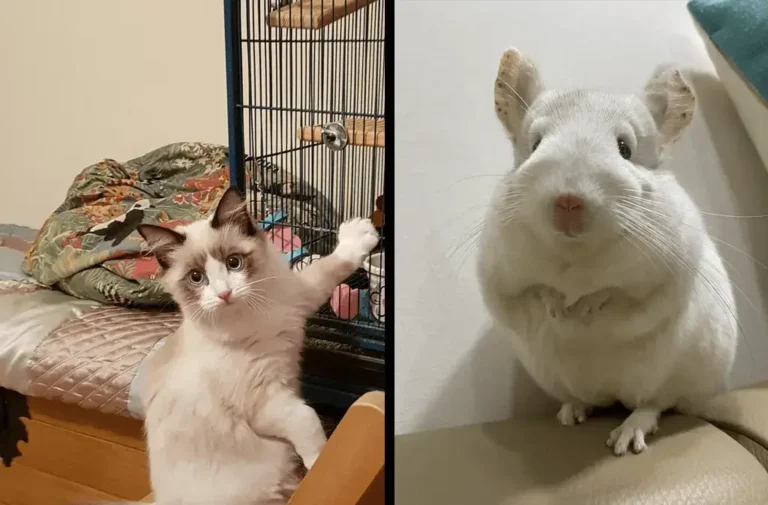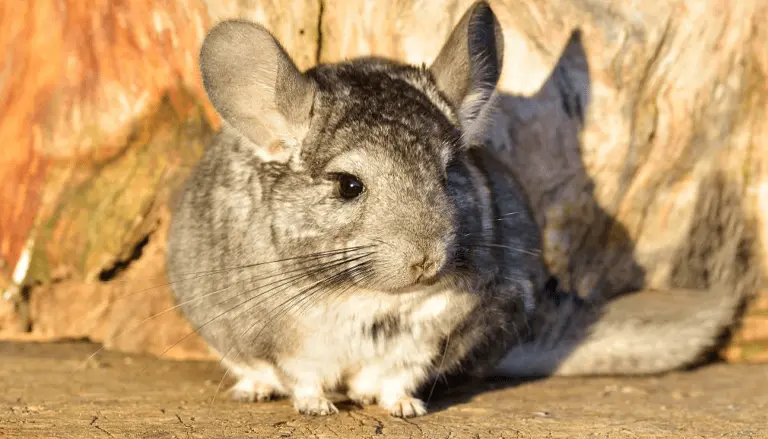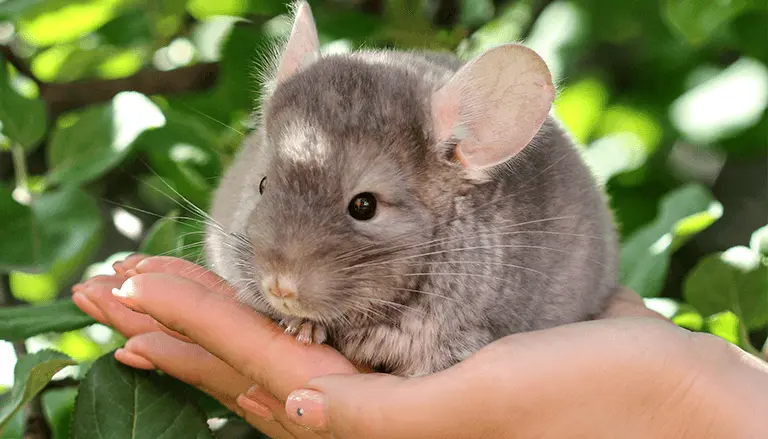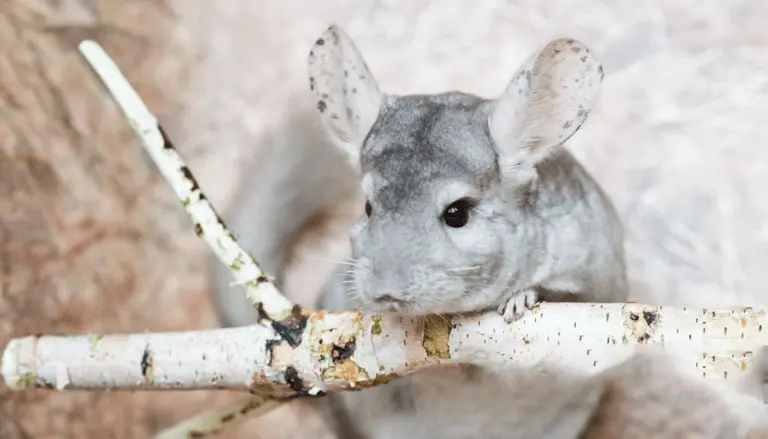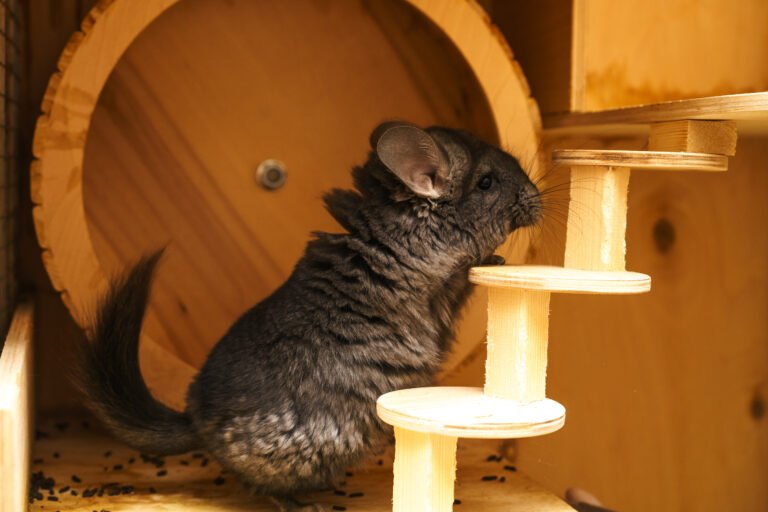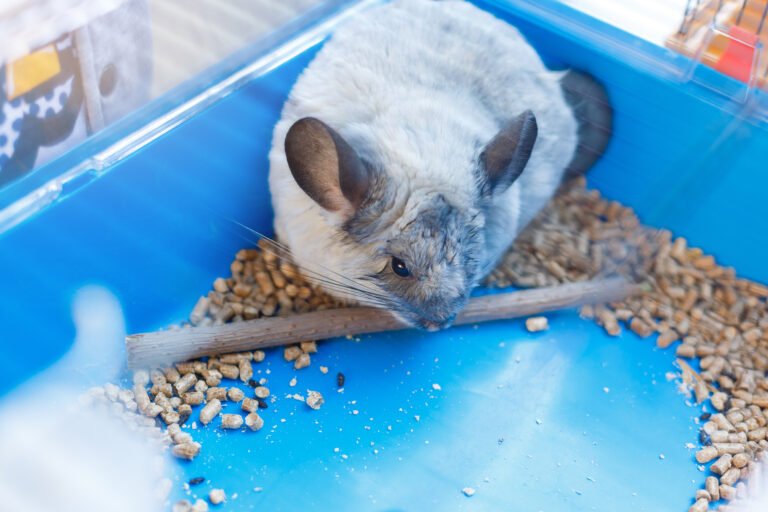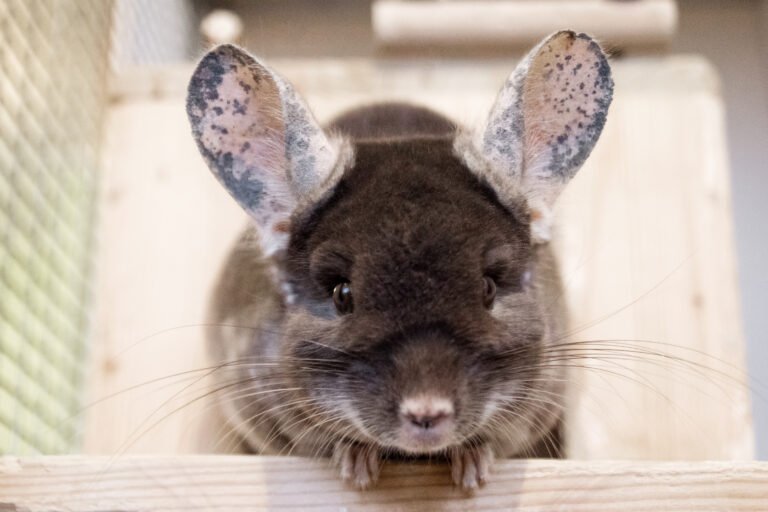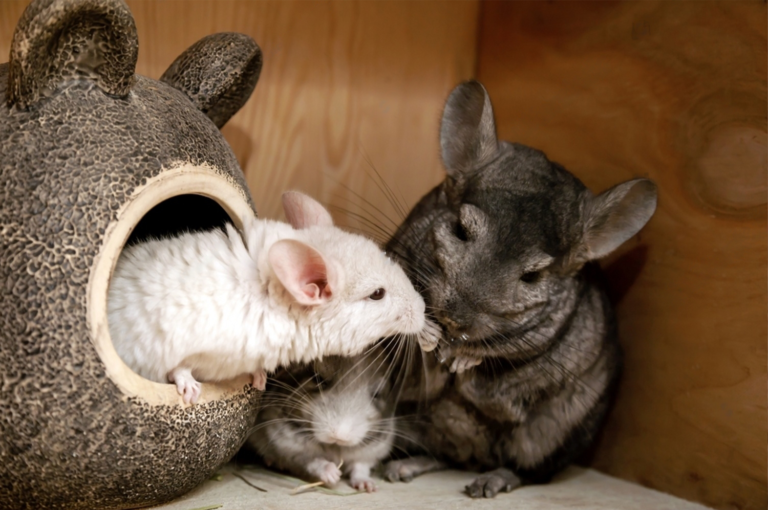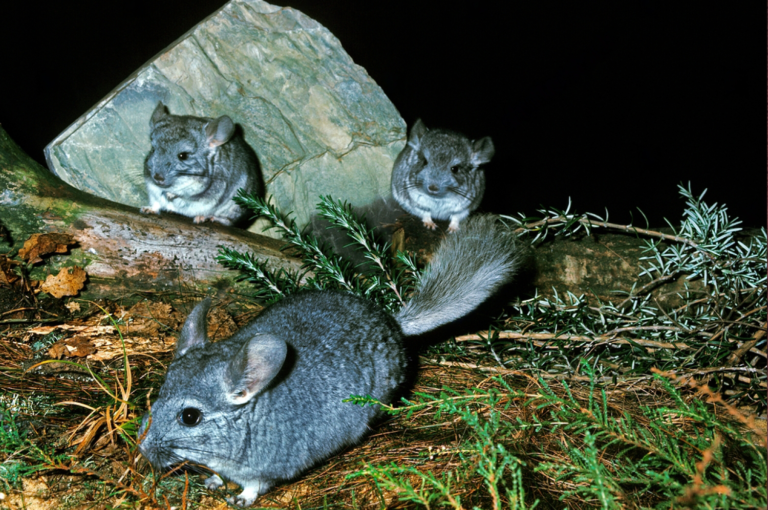Moldy Wet Chinchilla: Ways To Protect Your Chin From Getting Wet!

Are you considering washing your little floof with water? Take a moment to learn how a moldy wet chinchilla can suffer from different problems like hair loss, skiing infections, and many more. Overall, these furry buddies are clean and make incredible pets. They are the center of attraction among pet enthusiasts because of their luxurious fur.
The coat of these little buddies is soft, thick, and dense. Their coat can trap moisture and oil very easily. Therefore, it is necessary to give them a dust bath 2-3 times a week. Taking care of these fluffy creatures is not like cats and dogs. A moldy wet chinchilla might suffer from serious skin infections like ringworm, which could be a reason for fur loss. Let’s move forward and understand why chinchillas can’t get wet.
What Happens To The Fur Of Moldy Wet Chinchilla?
There are different problems if water traps in the Chinchilla’s dense fur.
- If you leave your little buddy untreated, it means you are opening up ways for mold and mildew to grow.
- Whenever moisture traps in their dense fur, it causes the buildup of mold and mildew. Ultimately, it causes fungal infections like ringworms in moldy chinchillas.
- It is undeniable that chins require cooler environmental temperatures. However, maintaining the body temperature is a big problem.
- Chinchilla and water are like two deadly combinations. It is because the accumulation of moisture could be a reason for tightly packed fur. Ultimately, it forms unpleasant mass and skin issues.
Mostly, new chin owners wonder, can Chinchillas swim? Let’s eliminate your confusion here. These little fluffs are native to the Andes Mountains in South America. They can’t get wet, nor do they have any swimming skills. Here comes the concept of a dust bath.
How Do You Bath A Chinchilla?
Now that you understand, a moldy wet chinchilla can undergo severe issues. Let’s know how they groom themselves.
Dust Bath
Excessive oil builds up in the fur of these little rodents. A dust bath is a recommended solution for moldy wet chinchilla cleaning. It removes excessive grease and dust to maintain their shiny look. They are advised to use safe chinchilla dust for grooming. Excessive dust baths are restricted because they might dry up their skin and cause irritation. Allow them to take a bath at least two times a week.

Methods To Avoid Chinchilla From Getting Wet?
For any reason, if your little companion gets wet, it is better to be calm and not panic. To dry up their coat, you can also use a blow dryer and towel. Be careful while using a dryer, and keep it at least two feet away from their fur. Let’s move forward and understand what you should do to protect your moldy wet Chinchilla.
1. Place Cage Away From Water Source
The first thing you should do is to place the cage of these little floofs away from the water source. They are indeed good runners and escapers. Whenever they find a chance, they quickly escape before you take action. What if they see a water source by themselves? It is better to keep them away from moisture sources.
2. Use Moisture Sensors
Using humidity and moisture sensors near their cage is a good idea to ensure their space is not too wet. Higher humidity content could also be a reason for moldy wet Chinchilla. Using a dehumidifier will eventually help you to control the level of humidity. It ensures that your little buddy is in a comfortable environment.
3. Maintain Cleanliness
Maintaining the cleanliness of the cage and your little chin is helpful to keep their coat protected from moisture. These floors are pretty and also self-groomers. Keep your little fluffs clean, maintained, and healthy. It will not only protect them from getting wet but also ensure glossy fur.
4. Ensure Hygiene
Mostly, new owners of these little fluffs make the mistake of bathing them with water. Because they are unaware of the after-effects of water baths, unlike other animals, these chins don’t have the capability of waterproofing. Their fur gets wet easily whenever exposed to moisture content. A moldy wet chinchilla could experience different health problems, including pneumonia, fungal infections, and mold growth. Weekly dust bath degreases their hair and removes excessive moisture content.
5. Brush Your Chin's Hair
They are advised to use a chinchilla brush to keep their fur luxurious, silky, and shiny. You can also use carding brushes or combs to remove excessive debris and damaged hair. Besides this, soft bristle brushes are also available in the market that work gently on the fur. To remove the knots from their coat, you can also use the double bristle brushes. These measures keep their coat healthy and lustrous.
When You Need To Visit The Vet?
Visiting the exotic vet is necessary in severe conditions. For a moldy wet chinchilla, it is better to take them to the vet if you are new to these little beings. In some instances, a small quantity of moisture content could be dried up at home by using a blow dryer or towel. Besides this, you should take a soaking chin to the vet before moisture penetrates deep in their coat. As these vets have deep knowledge of chin care, they will suggest the best possible solution.
Wrapping Up: Key Considerations!
It is advised to keep the key considerations in mind if you have recently kept a chin in your home as a pet. It is better to keep them in a suitable temperature and environment. They can’t live in extreme heat, nor do they bear excessive cold. They need moderate temperatures to survive. They are sensitive to moisture content. A moldy wet chinchilla can suffer different issues like fungal infections, ringworms, and mold. It is better to protect them from getting soaked. It will keep their coat glossy and maintain its shine.
FAQS!
Yes, chinchilla molting gives their coat a wavy appearance. They molt every three to four months.
No, they should not get wet. A wet chin could cause serious skin problems and infections.
Moisture accumulation could cause serious issues because the fur of these little buddies is dense. Fungal infections, mold, and ringworm are some skin conditions that might result.
No, it would help if you didn’t bathe them in water. Moisture accumulation is not good for their skin. It would help if you gave them a dust bath two to three times a week.

